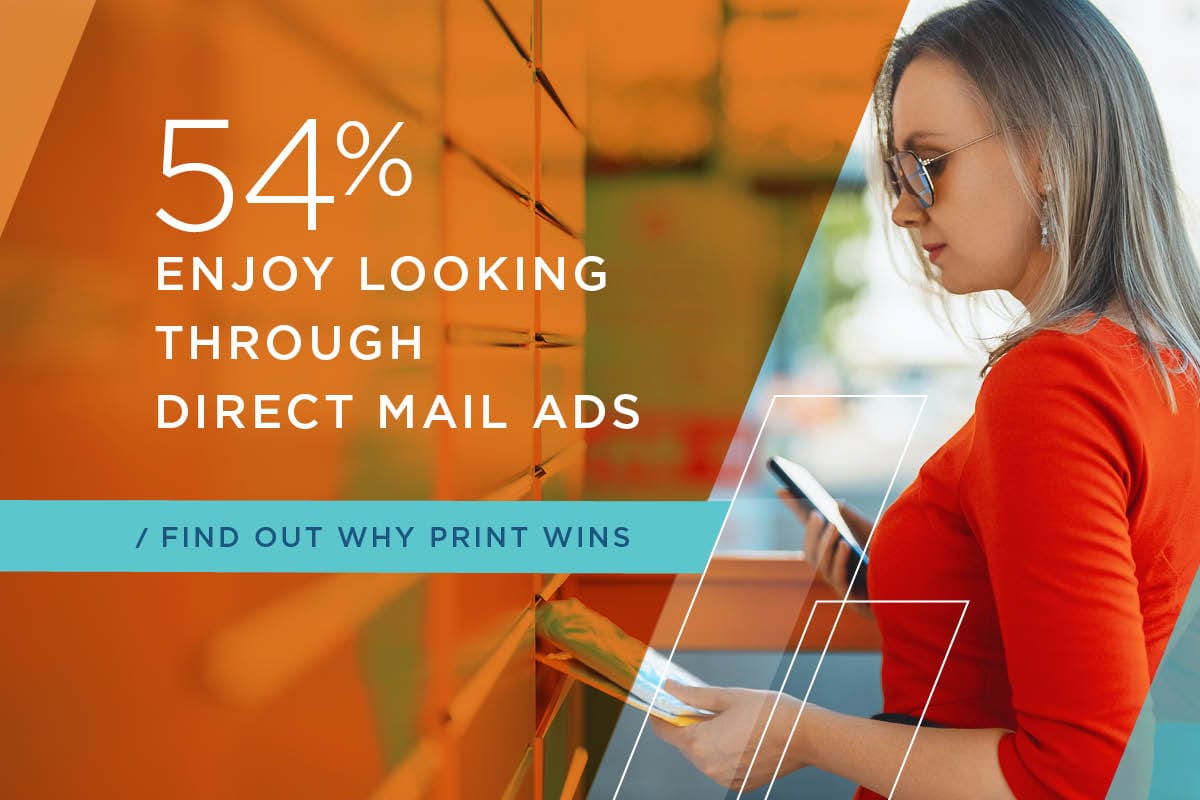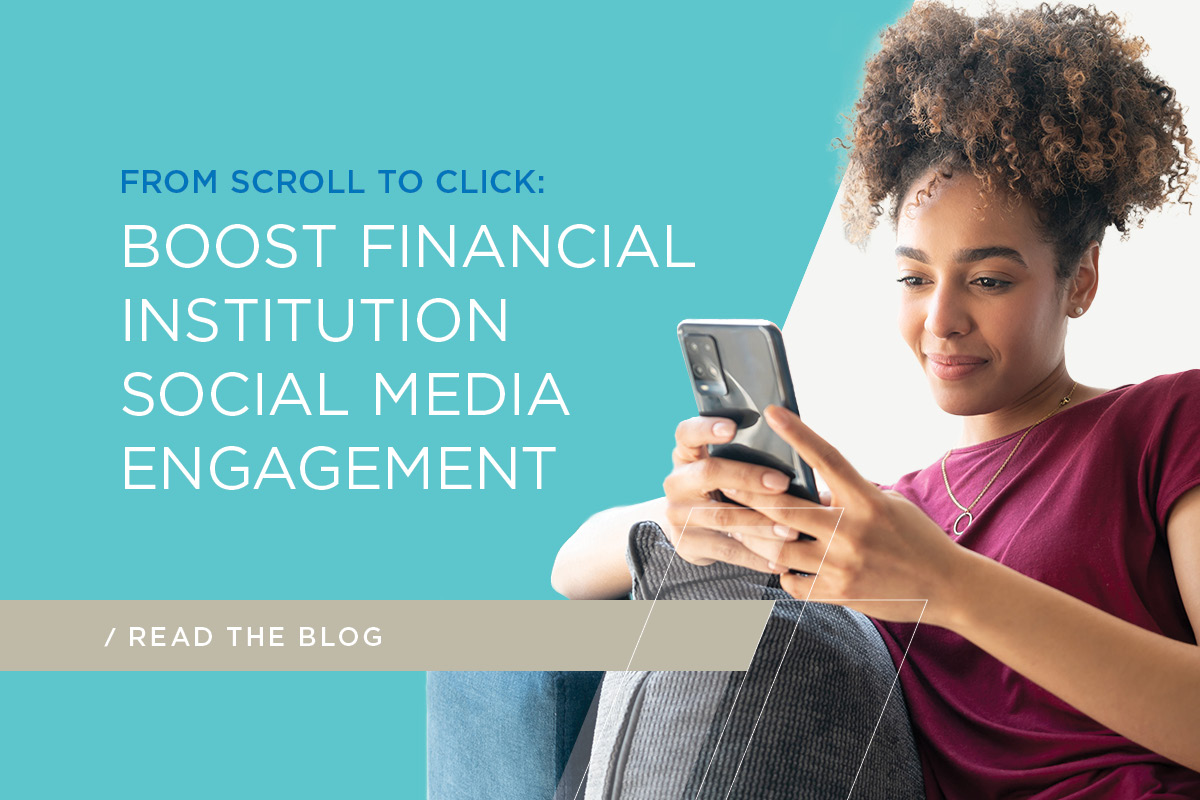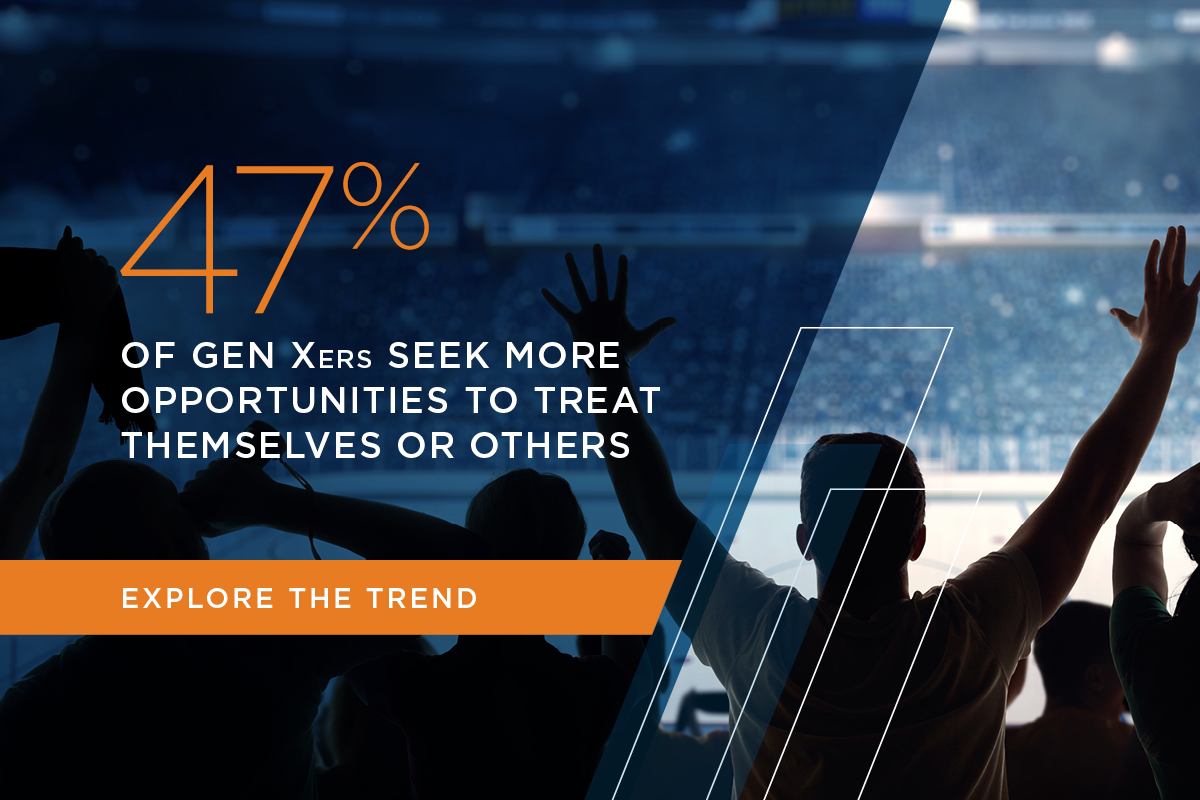Maybe you’ve heard the news that Amazon® is considering offering a checking account with a monthly fee of $5 to $10. No big deal, right? Join the crowd.
They’ll even throw in cell phone protection, ID theft protection, roadside assistance, and more. Got your attention? It should. It certainly has the attention of your account holders.
- 37 percent of young millennials would open an account with Amazon
- 46 percent of “older” millennials would
- 26 percent of Gen X would
- 12 percent of baby boomers would
Well, you say, what if Amazon were only to offer free checking with no bells or whistles?
- 27 percent of young millennials would open an account with Amazon
- 44 percent of “older” millennials would
- 24 percent of Gen X would
- 11 percent of baby boomers would
Not a huge difference in the number of consumers willing to open a checking account offered by Amazon — whether it’s a premium account or a freebie one. So maybe it’s not the type of checking account that’s attractive to consumers. Maybe it’s the brand offering it, and how easy, convenient and comfortable it is for consumers to do business with that brand.
Should Banks and Credit Unions Be Worried?
Yes, absolutely! Amazon has shown its willingness to venture beyond its digital comfort zone with its acquisition of Whole Foods Market® earlier this year. Banking is a logical next step in its quest for world dominance.
Seventy to one hundred million Amazon Prime® customers is quite a captive audience to promote a checking account to, not to mention credit cards, car loans, mortgages, HELOCs, etc., while they’re at it.
To many consumers (as in tens of millions of them), the ability to transfer cash to one another via Alexa® and deposit it into an Amazon checking account without so much as lifting a finger sounds like fiscal heaven.
And it’s not just Amazon.
Apple® is reportedly preparing to launch a joint credit card with Goldman Sachs that would carry the Apple Pay® brand. Facebook® has formed a team to explore blockchain capabilities, including creating its own cryptocurrency for payments.
Adding financial data to their social, behavioral and purchase datasets is no doubt enticing to big tech companies. Indeed, it’s the driving force behind their interest in entering finance. But from the consumer’s perspective, the premise lies in big tech’s ability to better engage them and deepen relationships, making it less likely they’ll take their business elsewhere.
Shame on us. How have we allowed tech giants to come between us and our account holders?
What Should Banks and Credit Unions Do About It?
First of all, traditional financial institutions shouldn’t bury their collective head in the sand. Not to mix metaphors, but the ostrich approach won’t offer any comfort when the elephant in the room starts setting up shop.
Community banks and credit unions, especially, can’t afford to assume the barriers for newcomers are too high and expensive. They can’t assume, for instance, that the regulatory restraints that have been choking them for the last decade will suck the same oxygen out of Amazon, Apple, Facebook and other big tech players. Even if these barriers were steep enough to prevent entry on their own, their alternative is to partner with major banks to offer consumers enhanced offerings. The impact on medium and small financial institutions is the same: compete or become extinct.
My recommendation is for banks and credit unions to become more aggressive in their outreach to existing and prospective account holders. In other words, beat Amazon to the punch.
We can do this by:
- Partnering with experts (such as Vericast) who can help deepen relationships with your account holders
- Delighting your customers and members at every opportunity — no touchpoint is too small, no interaction is unimportant, find the extraordinary in the ordinary
- Make yourself indispensable — provide the products and services your account holders want at the time they need them, wrapped in the customer experience they demand, and do it flawlessly every time
These are our customers and members. We know them. After all, we have been serving them for decades if not longer. We shouldn’t take a backseat to Amazon, Facebook, Apple, or anyone else when it comes to engaging them and providing them the financial products and services they demand.
All marks are the rights of their respective owners. All rights reserved.



